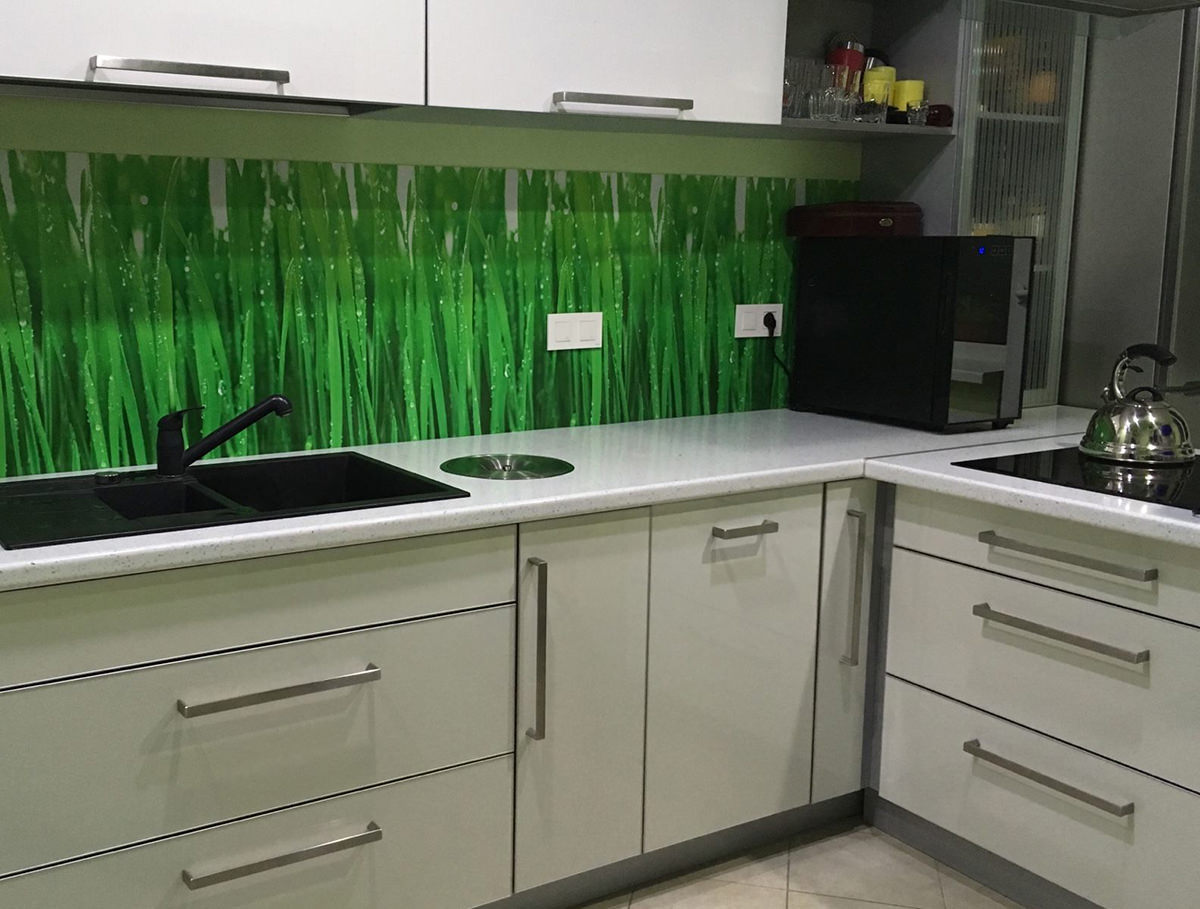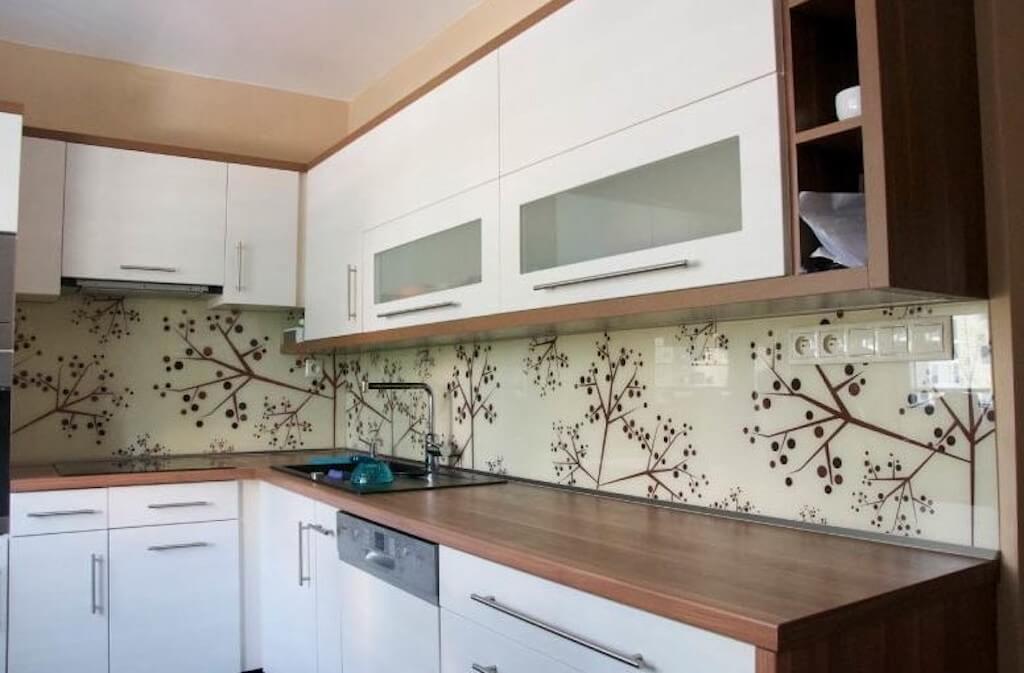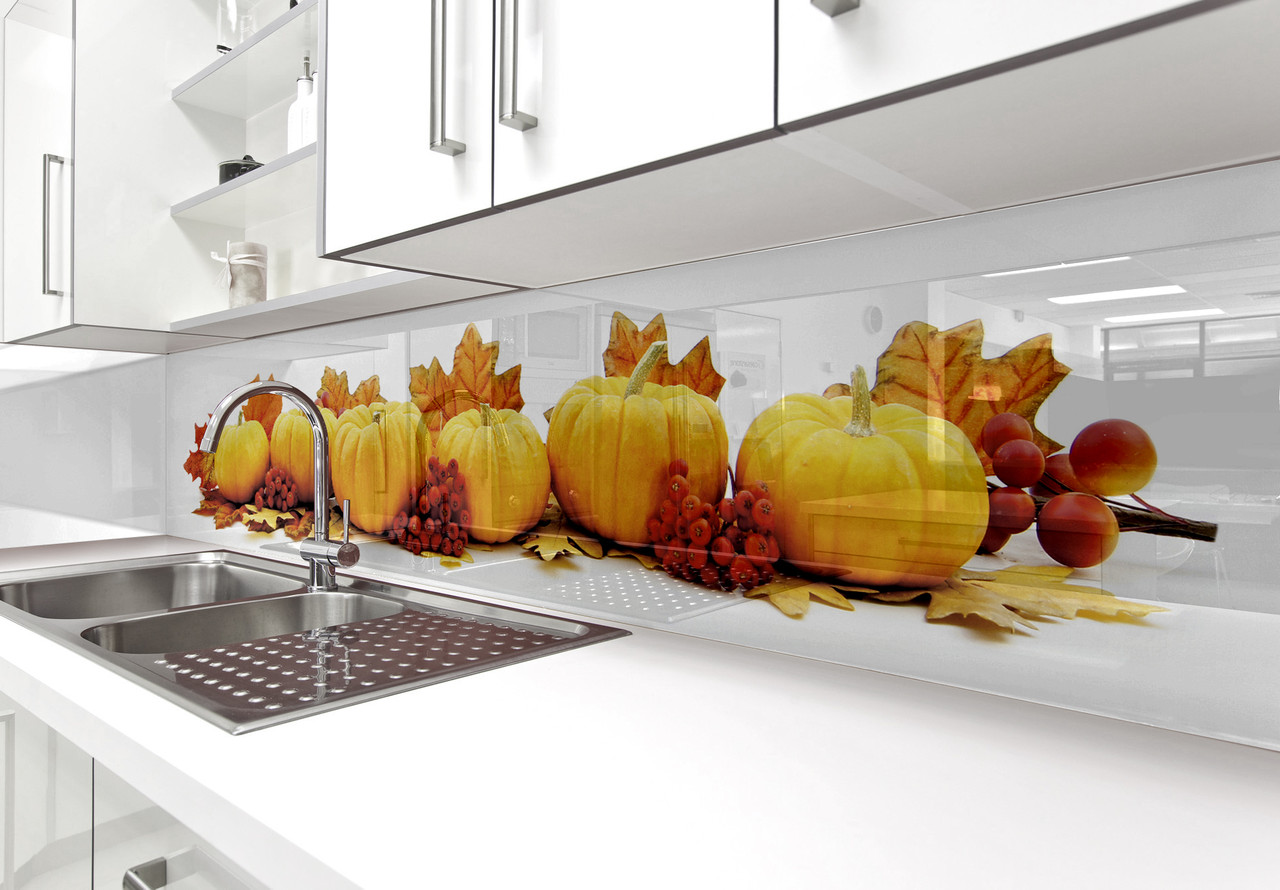There is a wall space in the kitchen in the houses that are presented on the site http://myhousewithme.com/ that is between the upper hinged cabinets and the work surface of the table. It is called a kitchen apron. When doing renovations in the kitchen, it is not uncommon to need to properly decorate this space as well. We mean not only the appearance, which, of course, bears a great decorative value, but also the material. Plastic kitchen apron is considered the most budget option for finishing walls and is very popular.
Modern plastic kitchen aprons can be made not only of PVC, this concept includes sheet plastic, and carbonate glass, by its properties similar to metal. But still the best option – it is a flat surface of plastic without joints. No dirt will get stuck in it, and the absence of joints will make the surface several times stronger.
Pros and cons of plastic aprons
By its characteristics, a good material for the design of the kitchen apron is considered a tile, laid on the working surface of the wall in the kitchen. Tile is very familiar, but it is expensive, more expensive than plastic apron, which has these advantages:
- democratic cost;
- not susceptible to water and rotting;
- ease of installation. Plastic kitchen apron is easy to install and also easy to replace;
- a huge range of design solutions, especially with UV-printing. The possibility of imitating the surface of any materials, mirror or matte panels, three-dimensional images, etc.
Of the disadvantages:
- inadmissibility of cleaning with abrasives – microcracks and scratches will occur;
- the appearance of stains on the surface in case of improper care;
- the possibility of deformation, but only under the influence of open fire;
- low impact resistance – plastic panels in the kitchen room can be pierced with a nail or a heavy object. But this disadvantage is not important, unless, of course, your kitchen has become a testing ground for military operations.

Care for plastic kitchen apron
In care plastic panels used to decorate the kitchen apron, very undemanding. Washing and cleaning from contamination in general is easier than ever. It is enough to wipe them with a damp cloth or sponge with a detergent.
Finally, you should wipe them dry to prevent streaking. Under no circumstances should abrasive detergents be used, as you could damage the design or scratch it.

